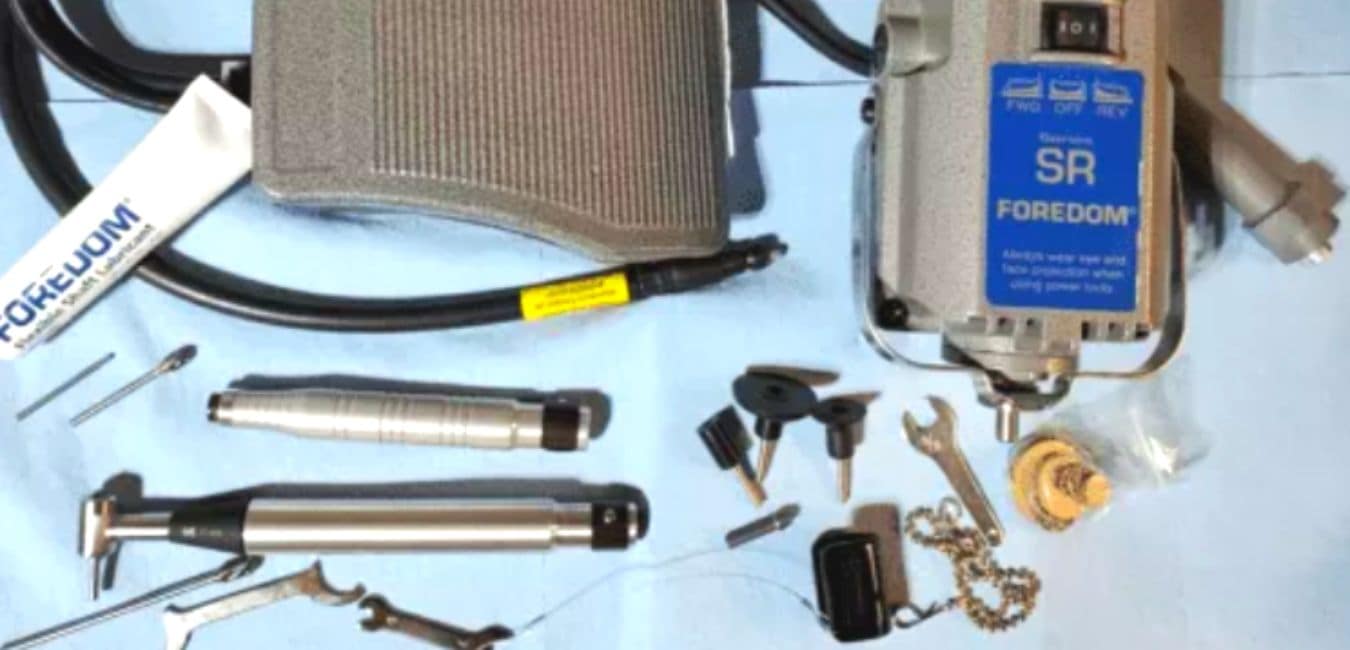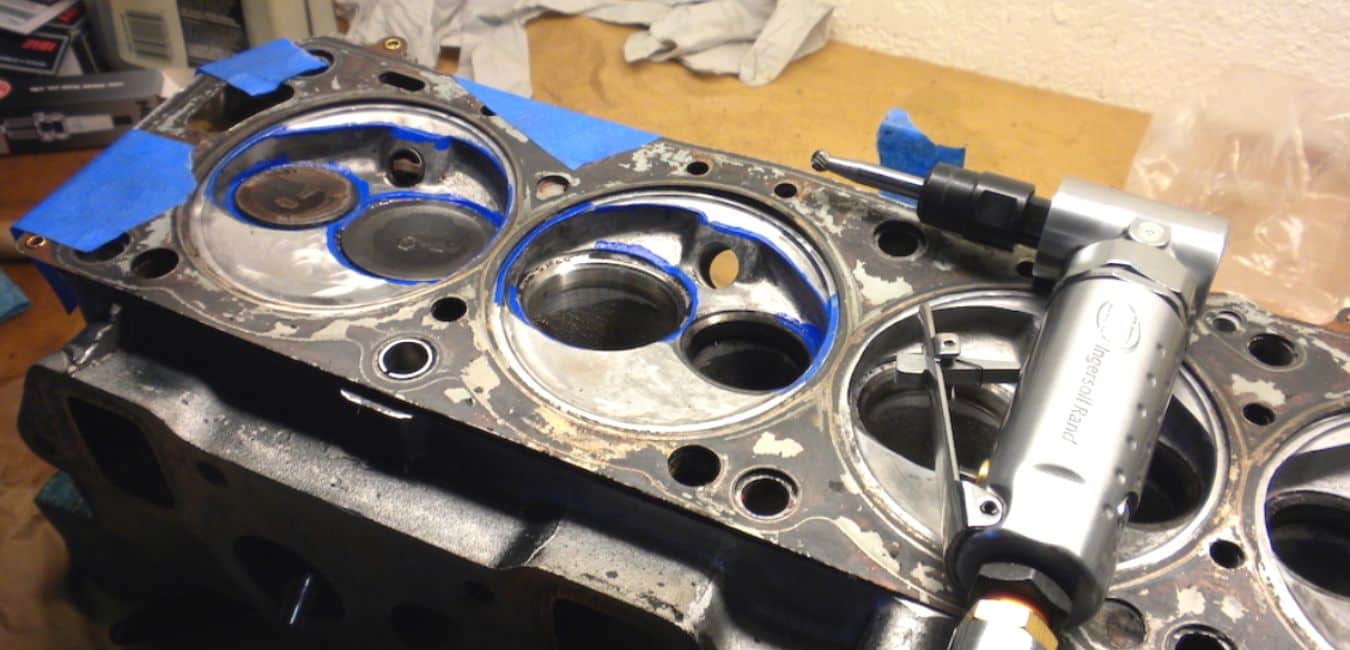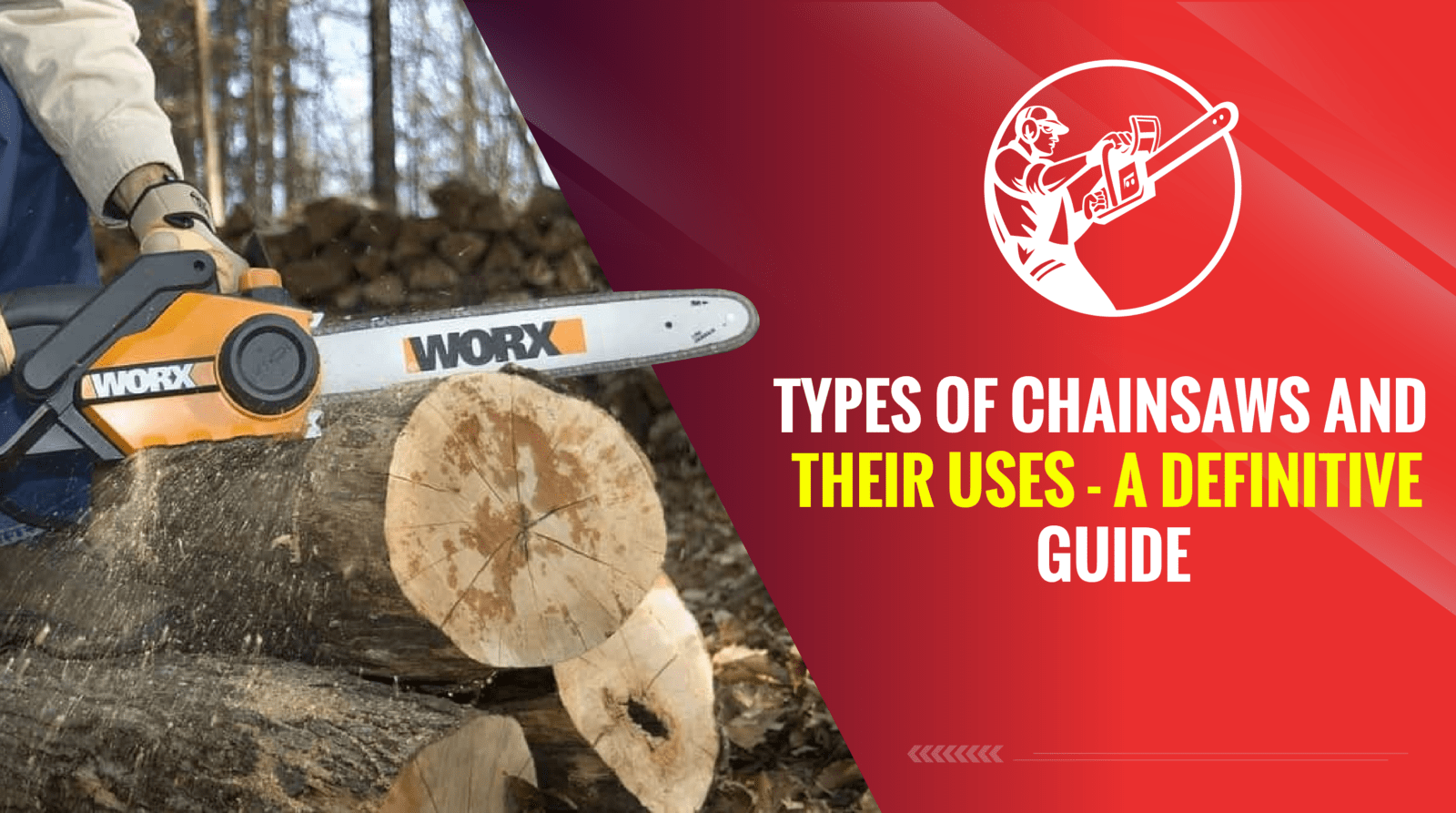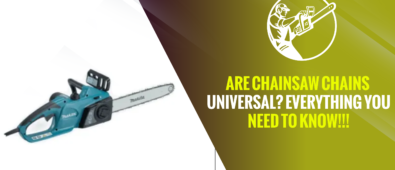If you’re a chainsaw owner, this article is for you!
Chainsaw porting is something that every chainsaw owner should know about. There could be plenty of different reasons that people own different types of chainsaws, the prime one being cutting, trimming, and pruning trees and branches in their backyard. Over time, due to continuous use, chainsaws may have decreased power and the performance may be affected too.
So, to keep your chainsaw in a good working position, it is very important to port your chainsaw. Wondering if porting a chainsaw is worth it? Well, it is. Porting your chainsaw not only increases its power to a great extent but also enhances the performance and the compressor ratio. This means the power of the engine gets better every time you port your chainsaw and hence, it performs better.
Porting isn’t a very easy thing to do. It could be complicated if you aren’t trained or don’t know how to handle your chainsaw while porting. But when done right, it’s the best thing you can do for the power of your chainsaw.
Let us study how to port your chainsaw and what tools and equipment you’ll need for that.
What Basically Is Porting a Chainsaw?
Porting a chainsaw means modifying the chainsaw ports of its internal combustion engine that are responsible for the intake and exhaustion of the air. This is done by reshaping or enlarging those ports.
The purpose of porting is to improve the airflow through the chainsaw’s engine which as a result, boosts the performance of the chainsaw and increases its power too. An increased power and boosted performance increase the lifespan of a saw.
- You might want to search for the Most Powerful Chainsaws.
Tool and Equipment You’ll Need to Port a Chainsaw
You must be very careful and conscious when porting a chainsaw. Before you move on to collecting the tools you’ll need, remember you need safety first. Make sure you wear safety goggles, gloves, and an apron or some other suitable wearing to protect yourself from the aluminum shavings.

Other than your own safety, here are some tools and equipment you’ll need.
- A torch to clearly see the porting part
- A screwdriver to open and close nuts
- Wrench
- A piece of cloth for cleaning oil
- Calipers for measurement of chainsaw parts
- Drill machine
- Grinders to grind the ports into shape
- Metal files for the finishing after porting
Five Simple Steps for Porting a Chainsaw
Before you actually get to the porting part, there’s the disassembling of the parts of the chainsaw. You’ll need to remove the body, the chain (look for the Best Chainsaw Chains), the cylinder, etc. Then clean all the oil with a rag and do engine measurements which you’ll need later on.
When you’re done with this, here are the steps to be followed for the main porting.
- Removing the top of the muffler and widening the exhaust
- Cutting all metals in the saws
- Muffler top placement
- Muffler Hole Drilling
- Putting the finishing touches on the porting
STEP 1: Removing the top of the muffler and widen the exhaust
The exhaust path is the way to access the internal of the chainsaw. So, you’ll need to open it first. Using an air compressor, attach the airline to the exhaust port of the muffler.
Depending on your requirements, open the regulator of the compressor for which usually 25 PSI is the recommended setting. When you do this, it will result in an air burst on the chainsaw. Pressurize the muffler with an air drill.
STEP 2: Cutting all metals in the saws
Now that you have access to the internal parts of the chainsaw, you need to make up some space in its intake and exhaust system.
Different methods could opt for this but what we preferred was removing all the exhaust holes in the gas chainsaw muffler while keeping the compressor connected to it. Each hole was then visible after the muffler was removed. And then we continued with the cutting part of the metals.

When you’ve reached here, your chainsaw might get heated up a bit. Do not worry and let it cool for about 15 to 20 minutes. You can continue the rest of the procedure after that.
STEP 3: Muffler top placement
The ratio of your chainsaw’s compressor would be improved by now. You can have it altered even more by modifying the transfer ports, polishing and grinding the ports to alter their mechanical timing, or trying a few other things for which you must contact a professional.
Now that you’re done with step 2, you’ll have to place the muffler top and use a screwdriver to screw it tightly.
STEP 4: Muffler Hole Drilling
Making a hole into the muffler using the air-powered drill is the next step. This is done for the exhaustion purpose. When you drill a hole into the muffler, it works as an exhaust. While you do this, be very careful to not drill at the wrong angle or deep. It should be a standard-sized hole.
STEP 5: Putting the finishing touches on the porting
Now that you’ve created an exhaustion hole, you’ll need to file and smoothen the cuts and holes. For that, use metal files and do the final touch-up wherever needed.
This is how you port a chainsaw in the simplest way. There could be other ways of doing so too, such as filling out the combustion chamber with sawdust. But this and other methods require a lot of practice and grip over what you got to do. So, the easiest steps you can follow are the ones we’ve just explained.

What Are the Benefits and Risks of Porting?
By porting your chainsaw, the back pressure on the muffler is reduced and the saw performs way more efficiently and powerfully. Here are some BENEFITS of porting:
- Chainsaw runs better.
- The performance is enhanced, and power is boosted.
- Reliability and longevity of use increase.
- The compression ratio is increased which means better functionality.
- Chainsaws run cooler which means less wear and tear over time.
With the benefits, come the RISKS too. It’s not always an easy task.
- There isn’t a high chance that the process will be completely successful.
- The warranty of the chainsaws doesn’t support the porting.
- You might harm yourself or get injured if you aren’t properly trained or have less knowledge of the procedure.
- A ported saw won’t be sold at a good price rate. It might not have value when you take it to the market.
SOME RELATED READS
How to Put a Chain Back on a Chainsaw?
How to Shorten a Chainsaw Chain?
How to Adjust Chainsaw Carburetor?
How to port a Chainsaw – FAQs
Conclusion
Porting a chainsaw is very beneficial as it improves the overall performance of your chainsaw and its lifetime too. But it isn’t something you should be trying if you’re a beginner. This is for the experts only who are well aware of each and everything about the chainsaws and their handling.
If you don’t have enough knowledge or training in porting a chainsaw, you could end up damaging your machine, or even worse, having a broken chainsaw. In case you’re sure that porting is what your chainsaw needs, and you don’t know the procedure or you’re hesitant to carry it out, it’s better to not get yourself and the machine into trouble. You can always hire a professional and get it done in the perfect way!




